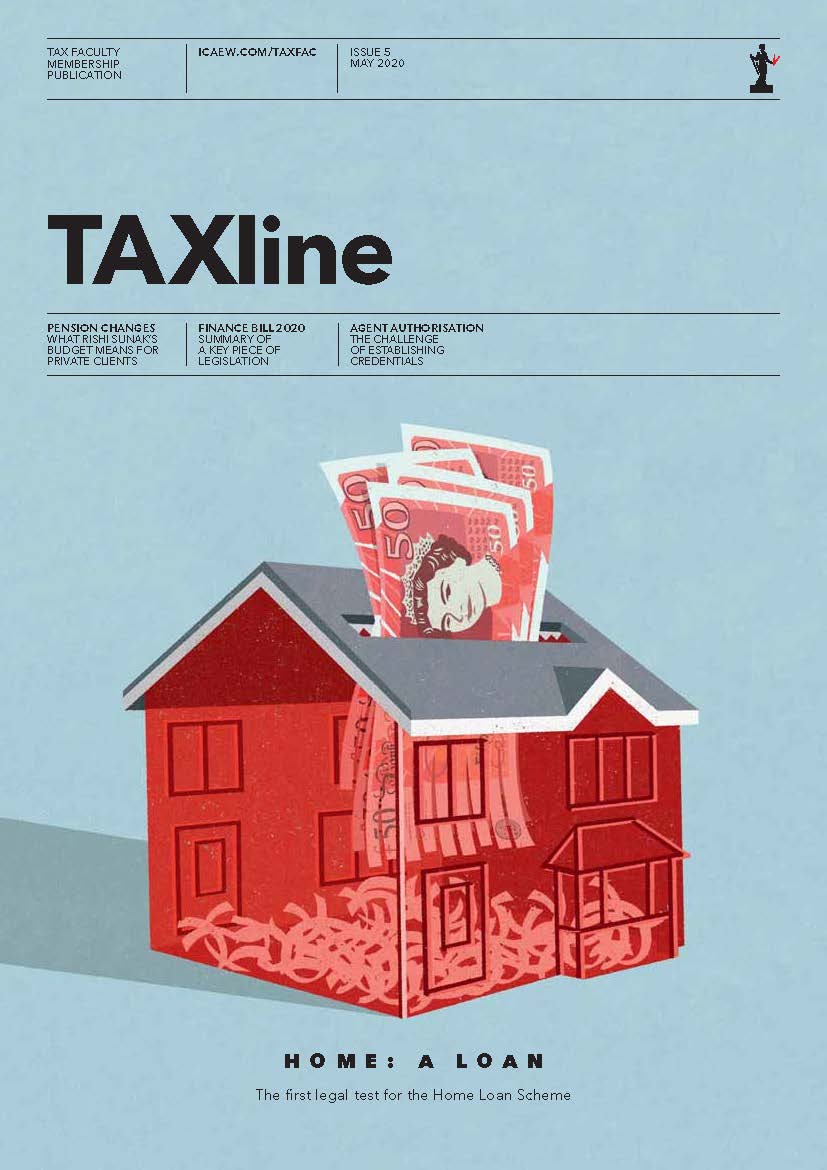In all, 175 countries around the world currently use some form of value added tax (VAT). According to HMRC, in the 2023/24 financial year, VAT receipts for the UK alone came to £168.9bn – almost £10bn up on the previous year. So how did we get here?
In Europe, there are two schools of thought on how VAT was invented. One holds that the concept emerged in 1918 from German businessman Dr Wilhelm von Siemens. In that version of events, von Siemens proposed VAT as an alternative to Germany’s contentious turnover tax, in which goods were taxed multiple times throughout the production process – thereby having a ‘cascading’ effect – and taxing exports.
But despite public controversy, Germany kept its turnover tax in some form for another 50 years, so von Siemens’s brainchild stalled.
For Stephen Dale, Associé at Roosevelt Expertise, chair of the ICAEW VAT and Duties Committee and past president of the International VAT Association, the more generally accepted view is that VAT was introduced in France in 1954 by Maurice Lauré. As the country was grappling with a dilapidated economy in the wake of the Second World War, Dale explains: “France had to ensure a stable level of tax revenue, neutral as regards its impact on business investment and exportations and with as little vulnerability to fraud as possible.”
By contrast to von Siemens’s concept, the French version did actually make it into national usage, becoming the first fully fledged VAT system of the modern age.
Laying out the blueprint
In 1957, Dale points out, the Treaty of Rome had a pivotal effect by setting up the European Economic Community (EEC). In doing so, the Treaty required the European Commission to propose a common system of taxation on goods and services. It was vital that the new tax would not create further boundaries in the region, on top of those that already existed.
That search led to the 1962 Neumark Report (an unofficial translation is available), a study of the various types of indirect taxation that were then in use across Europe. In particular, the research aimed to pinpoint a method of taxation that would have the lowest impact on member states’ financial systems when it came to cross-EEC adoption. Taking note of the approach France had adopted, Dale says, researchers felt that its VAT model “was likely to be the simplest, most effective and most politically neutral indirect tax that could be imagined with the state of knowledge at the time”.
On the basis of that conclusion, the EEC’s first two VAT directives, adopted in April 1967, laid out a blueprint for how the Community’s VAT system would work. Soon after, individual member states began to introduce the directives into their national laws.
Uniform basis of assessment
“When the UK joined the EEC in 1973, it was required, as a precondition of joining, to adopt the region’s VAT system as it had been developed up to that time,” Dale says.
Dale explains that the UK government and what was then HM Customs and Excise – the forerunner of HMRC – had both supported VAT’s introduction. “They were pushing for it as a simple, broad-based tax with few exceptions and a low rate – initially, just 10% – that would replace two models the UK had at the time: the Purchase Tax and Selective Employment Tax on Services. As well as meeting an EEC obligation, the idea was to make life simpler for businesses and tax collectors alike. Meanwhile, it would provide consumers with a tax that was more visible.”
In 1978, the EEC’s Sixth VAT Directive took effect, setting the rules for a uniform basis of assessment across the Community. The following year, the Eighth VAT Directive was adopted enabling cross-border VAT refunds between different EEC countries. On similar turf, the 13th VAT directive, adopted in 1986, provided a refund mechanism for businesses that incurred European VAT, but had no establishment in the EEC.
Along the way and thereafter, stakeholders made a number of attempts to harmonise the region’s VAT rules, which had become increasingly cumbersome with the passage of so many directives. For example, in 1985 then-UK Commissioner Lord Cockfield had proposed the introduction of a single-origin based VAT system across the entire EEC. However, Dale says, no agreement was reached on that front, even upon the 1993 introduction of the Single Market: a system that Cockfield had played a central role in devising. As a consequence, member states at that point adopted the so-called ‘transitional VAT system,’ enshrining a limited form of origin-based VAT, with the intention that it would be replaced four years later by the ‘definitive system’.
A new-look framework
By 2006, Dale says, the Sixth VAT directive had been amended so many times and had accrued so many clauses and sub-clauses that it was almost unreadable, so a further directive revised the entire text. As for the next big change, that came along in 2010 with the advent of a partial single-destination model for European VAT. This was very much the opposite of what Cockfield had proposed (an ‘origin-based’ system), the changes being based more on the principle of taxes being due in the country of consumption (‘destination’). However, for many supplies of business-to-consumer services, the origin rule still prevails.
In 2021, the EU launched a One-Stop Shop (OSS) for the declaration of VAT due on the movement of goods on a business-to-consumer basis within the bloc – plus a single point of declaration for low-value goods coming from non-EU countries.
Moving into the present day, the European Commission is currently pushing to finalise the adoption of its VAT In the Digital Age (VIDA) package. Consisting of two regulations and one directive, VIDA is being held up for now by one member state’s objections. That issue will hopefully be resolved in October.
“The first part of VIDA relates to electronic invoicing and digital reporting obligations,” Dale says. “The second makes digital platforms liable for the VAT due on supplies, in relation to short-term rental accommodation and passenger transport. And the third expands even further the ‘single place of declaration’ OSS model, so businesses will only have to file tax information in one member state, rather than all 27.” Once implemented, this package will impact any UK company doing business within and with the EU.
Since 1973, Dale says, VAT has become highly complex and needs reform. With that in mind, ICAEW is playing a key role in the development of a VAT system for the future. Our How to Fix VAT campaign is engaging stakeholders from across the business and tax communities to consider and set out practical, evidence-based recommendations for VAT reform. The campaign will explore solutions to the challenges that UK VAT is currently facing, while working towards a tax that is simple, neutral for business, digital and fit for the future.
Latest on VAT
The Tax Faculty
ICAEW's Tax Faculty is recognised internationally as a leading authority and source of expertise on taxation. The faculty is the voice of tax for ICAEW, responsible for all submissions to the tax authorities. Join the Faculty for expert guidance and support enabling you to provide the best advice on tax to your clients or business.




